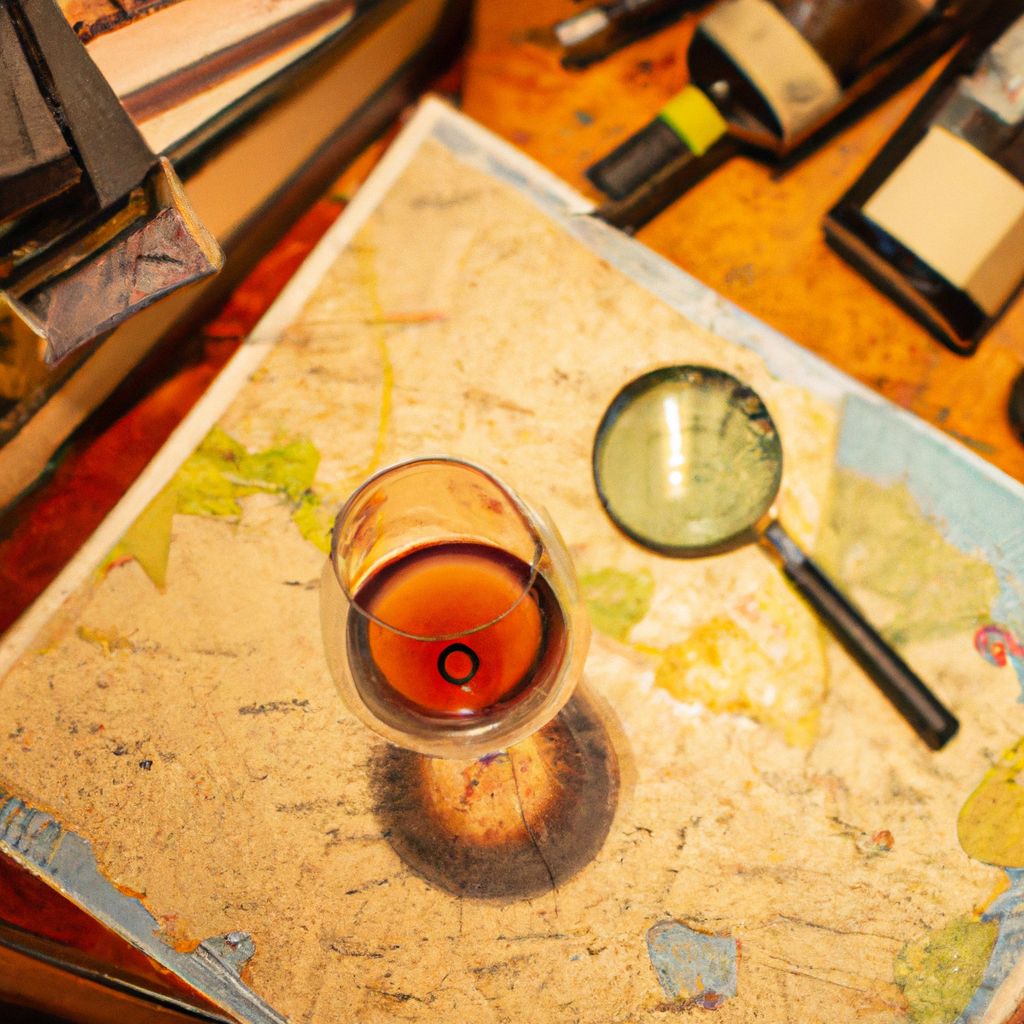- Introduction to Wine Collecting
- Types of Wines for Collecting
- How to Start Collecting Wine
- Wine Storage and Preservation
- Learning About Wine Regions and Varietals
- Investing in Wine
- Expanding Your Wine Collection
- Conclusion: The Joys and Challenges of Wine Collecting
Introduction to Wine Collecting
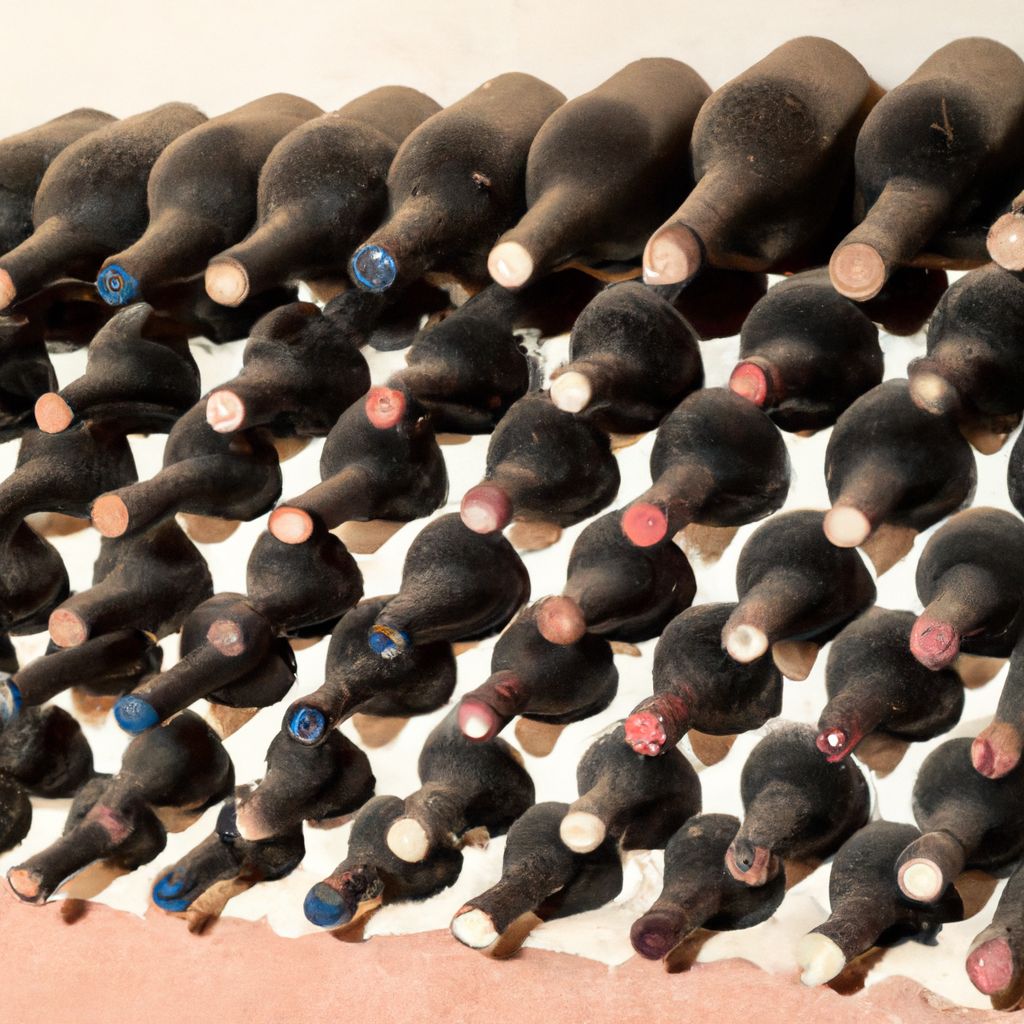
Wine collecting is a hobby that dates back centuries. It involves the acquisition and preservation of bottles of wine, often with a focus on specific regions, vintages, or styles. Wine collectors often enjoy the process of discovering new wines, learning about their history and production methods, and tasting their evolution over time.
Historically, wine collecting was a pursuit exclusive to the wealthy elite. The earliest known collections date back to ancient Rome, where affluent citizens would store and age wine in private cellars. In the Middle Ages, monasteries and churches were known for their extensive wine collections, which they used for sacramental purposes and to serve to guests.
Today, wine collecting is enjoyed by a wide range of people, from casual enthusiasts to serious connoisseurs. Some people collect wine for the sheer enjoyment of drinking and sharing it with friends, while others see it as an investment. According to a report by Wine Spectator, the value of fine wine has consistently outperformed the stock market over the past 30 years, making it an attractive alternative investment.
Regardless of their motivations, all wine collectors share a love for wine and an appreciation for the craftsmanship that goes into each bottle. They enjoy the thrill of hunting down rare bottles, the satisfaction of building a well-curated collection, and the joy of sharing their passion with others.
Reasons for Collecting Wine:
- Investment: Some collectors view wine as an alternative investment, hoping that the value of their collection will appreciate over time.
- Enjoyment: Many collectors simply love wine and enjoy tasting different varieties and vintages.
- Education: Collecting wine can be an educational pursuit, offering opportunities to learn about different wine regions, grape varieties, and winemaking techniques.
- Socializing: Sharing a bottle of wine from one's collection can be a social activity, bringing friends and fellow enthusiasts together.
- Prestige: For some, having a well-curated wine collection is a status symbol, reflecting their taste and sophistication.
Types of Wines for Collecting
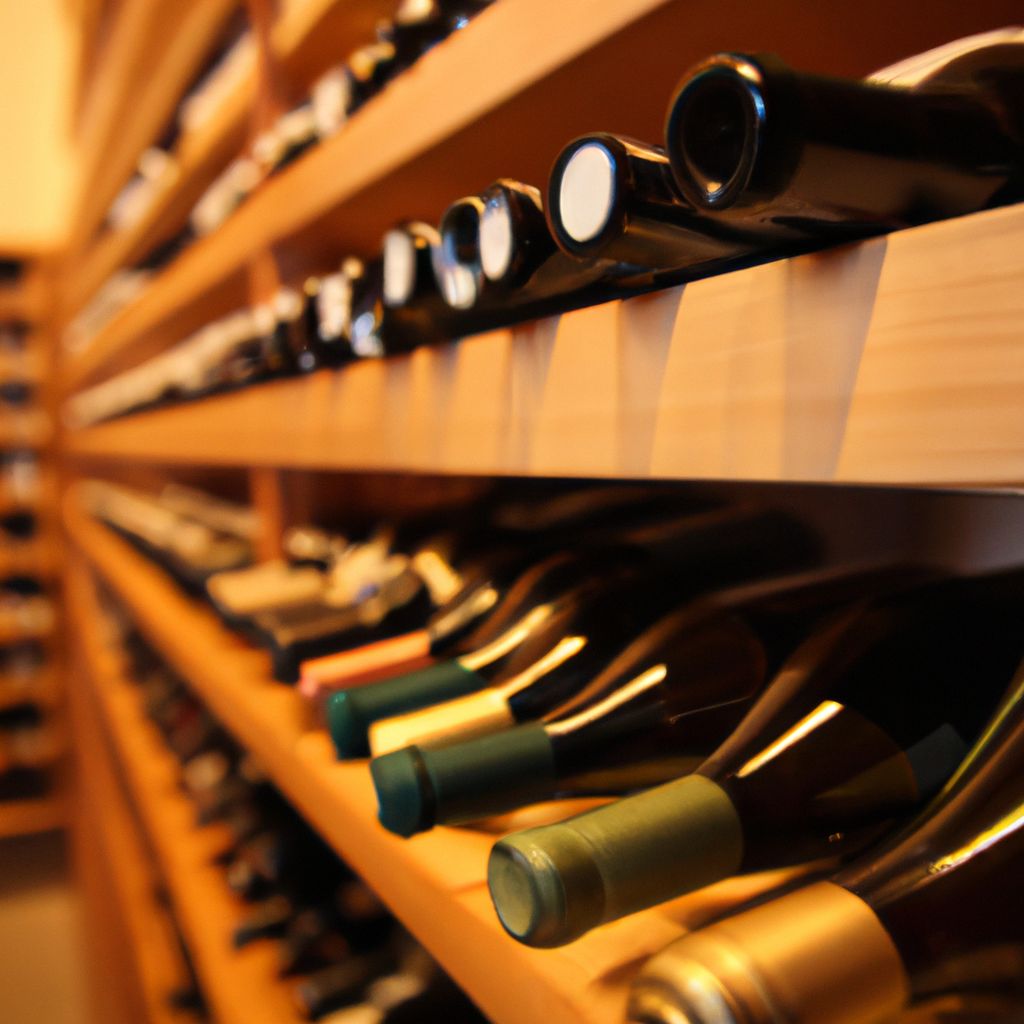
There are many different types of wines that collectors may choose to focus on. These range from red and white wines to rosé, dessert wines, sparkling wines, and fortified wines. Each of these types of wine offers its own unique characteristics and aging potential.
Red Wines:
Red wines are some of the most popular wines for collecting, primarily because of their excellent aging potential. Notable red wines include Bordeaux, Burgundy, Barolo, and Rioja. The Cabernet Sauvignon and Pinot Noir grape varieties are particularly well-regarded by collectors.
White Wines:
While white wines are usually consumed young, certain types like Chardonnay from Burgundy, Riesling from Germany, and Semillon from Bordeaux can age beautifully. These wines can develop complex flavors over time, making them a worthwhile addition to any collection.
Rosé Wines:
Rosé wines are not typically collected for their aging potential, but rather for their refreshing and versatile character. However, some rosés, like those from Bandol or Tavel in the South of France, are known to age well.
Dessert Wines:
Dessert wines, such as Sauternes from Bordeaux and Tokaji from Hungary, are often collected due to their sweetness and longevity. These wines can be enjoyed for decades, or even centuries, after their vintage.
Sparkling Wines:
Champagne is the most famous sparkling wine and is highly collectible. Other notable sparkling wines include Cava from Spain and Prosecco from Italy. The best sparkling wines can age for many years, developing rich, toasty flavors.
Fortified Wines:
Fortified wines, such as Port, Sherry, and Madeira, have a long shelf life and can be excellent for collecting. Vintage Port, in particular, has been a favorite of collectors for centuries.
Ultimately, the types of wines a collector chooses to focus on will depend on their personal tastes, budget, and storage capabilities.
How to Start Collecting Wine
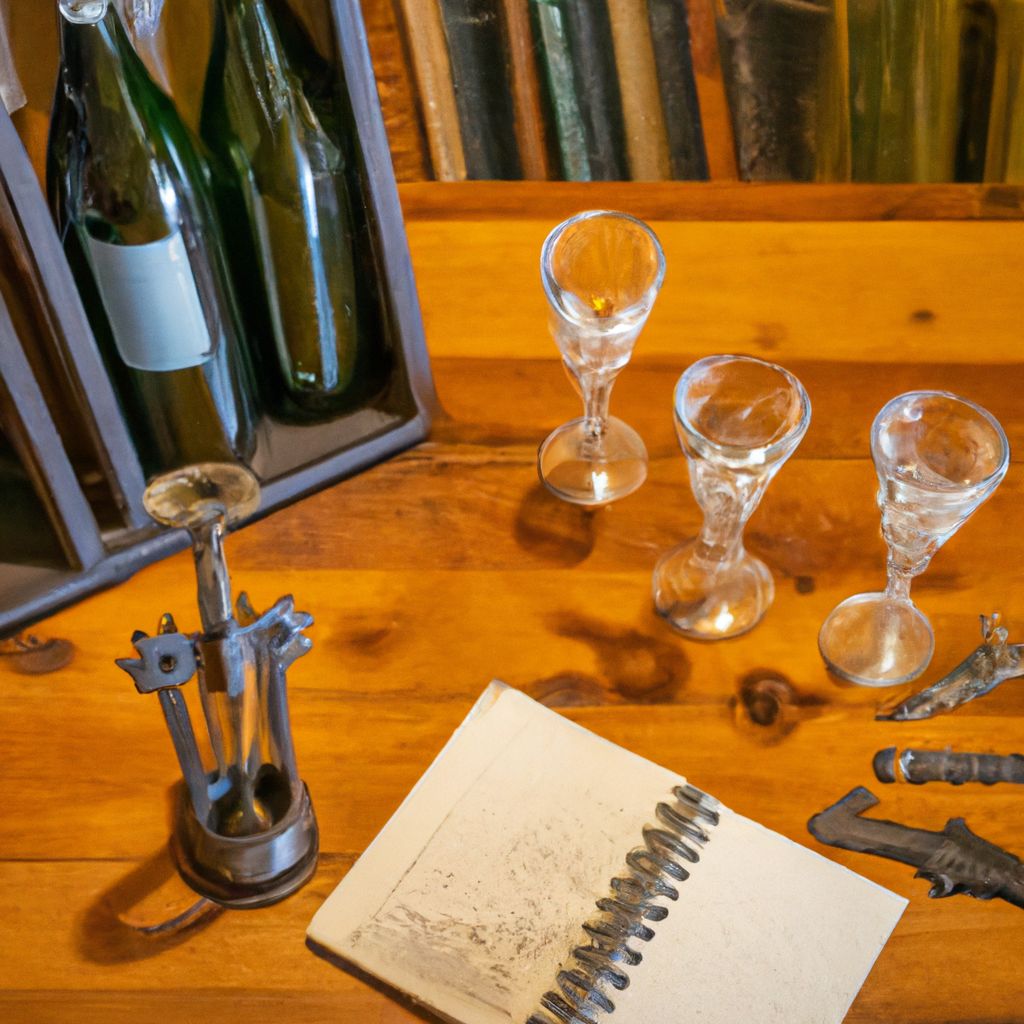
Starting a wine collection can seem daunting, but with careful planning and a bit of knowledge, it can be an enjoyable and rewarding hobby. Here's a step-by-step guide on how to start your wine collection.
Step 1: Set a Budget
Wine collecting can be an expensive hobby, but it doesn't have to be. Setting a budget helps you stay within your means and makes the hobby more sustainable in the long run. Whether your budget is $300 or $3,000, there are wines at every price point that can make a great addition to your collection.
Step 2: Choose a Wine Storage Space
Proper wine storage is crucial to maintaining the quality of your collection. Wine should be stored at a consistent temperature (around 55°F), with a relative humidity of about 70%. It should also be kept away from light and vibrations. Many collectors invest in a wine fridge or cellar for this purpose.
Step 3: Educate Yourself
Gain knowledge about different wine regions, varieties, and vintages. This will help you make informed decisions when purchasing bottles for your collection. There are many resources available, from wine books and magazines to online courses and tastings.
Step 4: Select Your First Bottles
When choosing wines for your collection, consider both your personal taste and the wine's aging potential. As a general rule, wines that are high in acidity or tannin tend to age well. It's also a good idea to buy wines in different price ranges, so you have options for various occasions.
Step 5: Track Your Collection
Keep track of your wines, including the vintage, producer, price, and tasting notes. This can be done in a notebook, spreadsheet, or through a wine tracking app. This will help you keep an inventory of your collection and make it easier to decide when to drink each bottle.
Remember, wine collecting should be about enjoyment, not just investment. So, choose wines that you love and will look forward to drinking. Happy collecting!
Wine Storage and Preservation
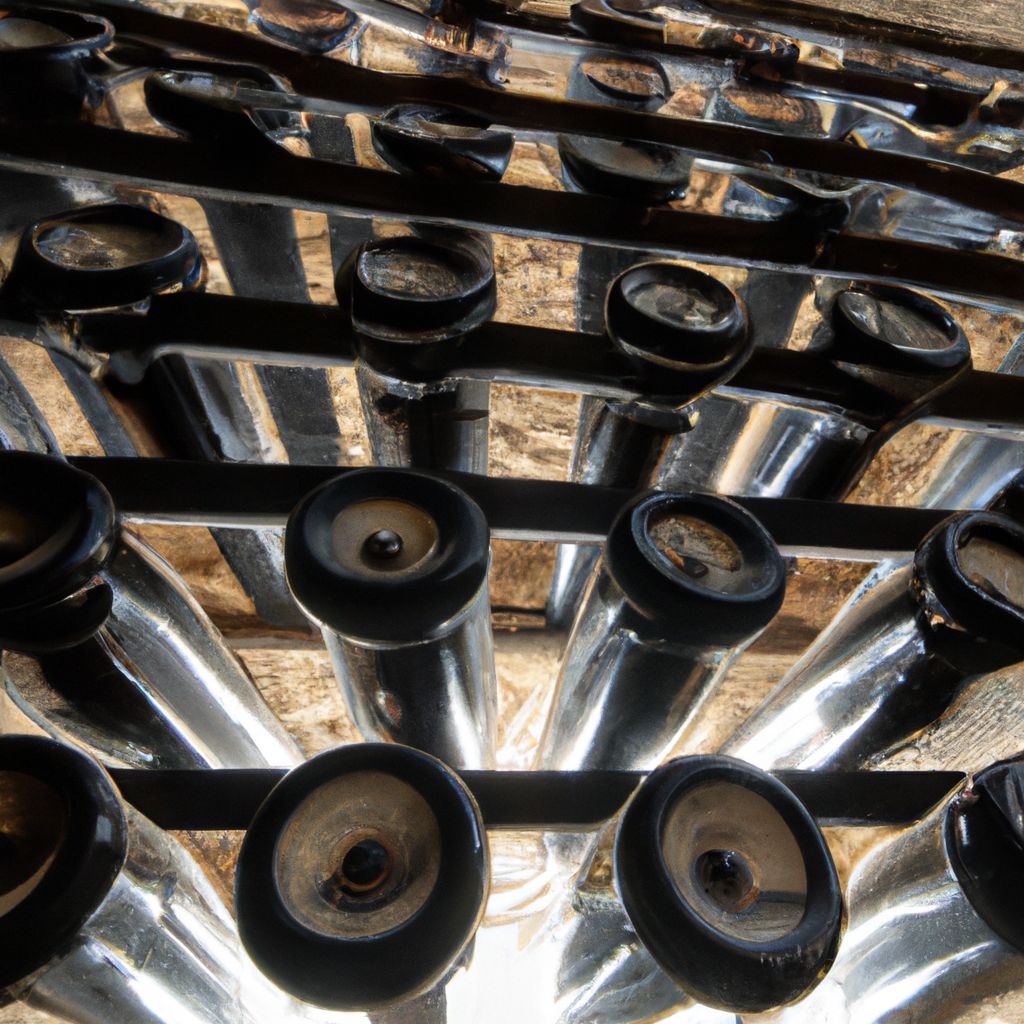
Proper storage and preservation are essential to maintaining the quality and longevity of your wine collection. Here's what you need to know:
Temperature Control:
The ideal storage temperature for most wines is between 45°F and 65°F, with 55°F often cited as close to perfect. Research by the University of California, Davis, found that high temperatures can cause wine to age more quickly than desired. In contrast, temperatures that are too low can slow down the aging process, preventing the wine from fully developing its flavors.
Humidity Levels:
A relative humidity of about 70% is considered optimal for wine storage. Too much humidity can lead to mold and label damage, while too little can cause the cork to dry out and let air into the bottle, leading to oxidation.
Light Exposure:
Wine should be stored in a dark place, as exposure to light can cause wine to degrade, a process known as "lightstrike." This is particularly true for wines in clear bottles, which offer little protection against UV rays. According to a study by the University of Verona, even indoor lighting can impact the quality of wine over time.
Bottle Positioning:
Traditionally, wine bottles have been stored on their sides. This keeps the wine in contact with the cork, preventing it from drying out and letting in air. However, research by the American Society for Enology and Viticulture suggests that storing wine upright can also be effective, as long as the cork remains in good condition.
Proper wine storage can seem complex, but with careful attention to temperature, humidity, light, and bottle positioning, you can help ensure your wine ages gracefully and reaches its full potential.
Learning About Wine Regions and Varietals

Understanding the world's major wine regions and the varietals they produce is key to building a diverse and interesting wine collection. Below, we explore a few of these regions and the unique characteristics that make their wines so sought after by collectors.
Bordeaux, France:
Known for its red blends primarily made from Cabernet Sauvignon and Merlot, Bordeaux produces some of the most prestigious and collectible wines in the world. The region's moderate maritime climate results in wines that are often complex and age-worthy.
Burgundy, France:
Burgundy is renowned for its Pinot Noir and Chardonnay wines. The region's cool continental climate, diverse soils, and meticulous winemaking practices result in wines that are highly expressive of their terroir.
Tuscany, Italy:
Tuscany is famous for its Sangiovese-based wines, including Chianti and Brunello di Montalcino. The region's warm, dry climate and hilly terrain contribute to the wines' high acidity and robust tannins, making them excellent candidates for aging.
Napa Valley, USA:
Napa Valley is one of the most recognized wine regions in the United States, known for producing high-quality Cabernet Sauvignon. The region's warm climate and diverse soils result in powerful, full-bodied wines that can age for decades.
Climate and Geography:
The climate and geography of a wine region, often referred to as its terroir, play a crucial role in shaping the taste and quality of its wines. Factors like temperature, sunlight, rainfall, soil composition, and altitude can all impact the ripeness and flavor profile of the grapes, as well as their resistance to disease.
For instance, hot climates tend to produce grapes with high sugar levels, resulting in wines with high alcohol content and ripe fruit flavors. On the other hand, cooler climates often produce wines with higher acidity and more delicate, nuanced flavors.
As you delve deeper into the world of wine collecting, you'll begin to appreciate the intricate interplay of these factors and the remarkable diversity they bring to the world of wine.
Investing in Wine
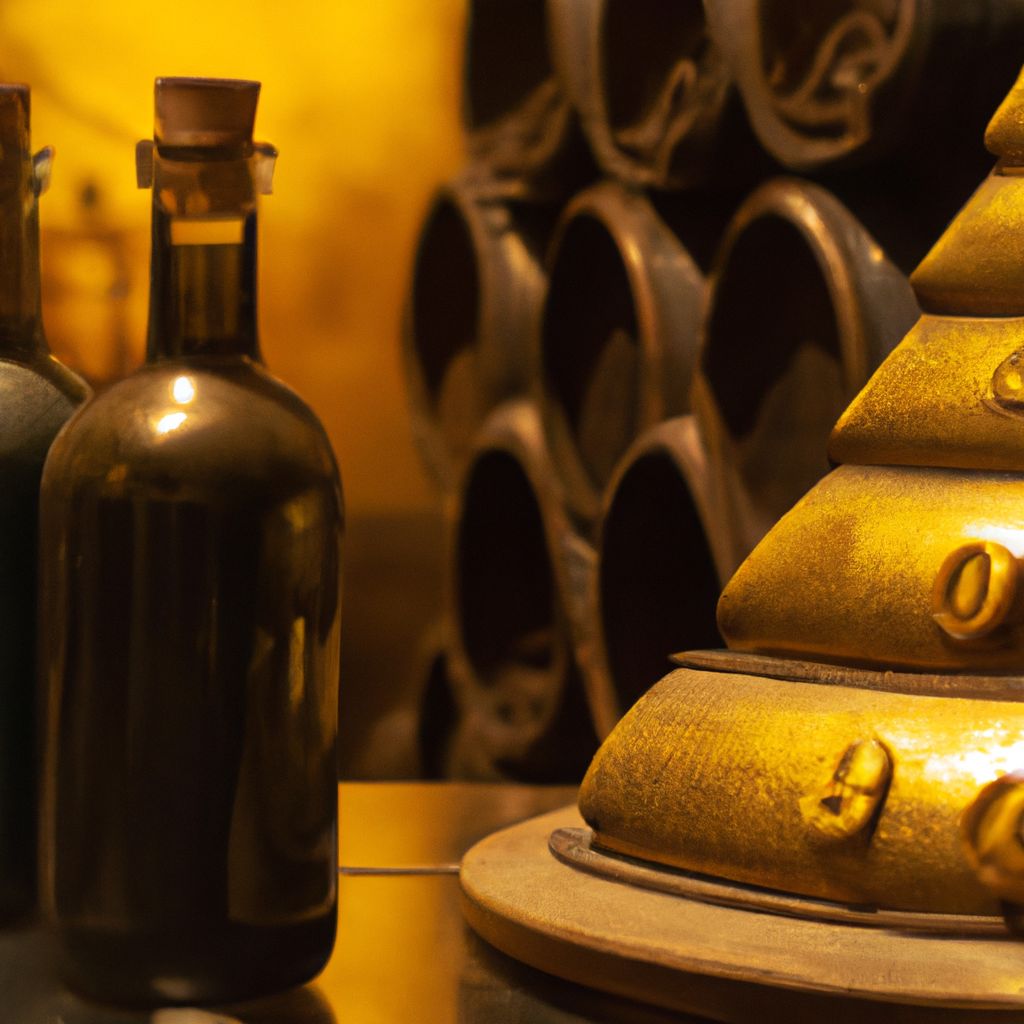
Wine collecting can be more than just a hobby; it can also be a form of alternative investment. While the primary goal of most collectors is enjoyment, the potential for financial gain can add an extra layer of excitement to the pursuit.
Rarity:
Rarity can significantly influence a wine's value. Limited-edition releases, wines from small-batch producers, and bottles from exceptional vintages are often highly sought after by collectors, driving up their prices. According to Wine-Searcher, some of the world's most expensive wines are those produced in limited quantities by top-tier wineries.
Age:
The age of a wine can also impact its value, but not all wines are meant to be aged. Only wines with the right balance of sugar, acid, and tannins can improve with age. As these wines mature, they can develop complex flavors and aromas that are highly prized by wine enthusiasts.
Producer Reputation:
The reputation of the producer plays a vital role in a wine's value. Producers with a history of consistently high-quality wines often command higher prices in the market. For instance, wines from renowned producers like Domaine de la Romanée-Conti in Burgundy or Screaming Eagle in Napa Valley are among the most expensive in the world.
Wine Ratings:
Wine ratings from respected critics and publications can greatly influence a wine's value. Wines that score highly on the 100-point scale used by critics like Robert Parker or publications like Wine Spectator often see an increase in demand and price.
While wine can be a profitable investment, it's important to remember that the market can be unpredictable and that the value of a wine can fluctuate over time. As with any investment, it's recommended to do thorough research and possibly seek advice from professionals in the field.
Expanding Your Wine Collection
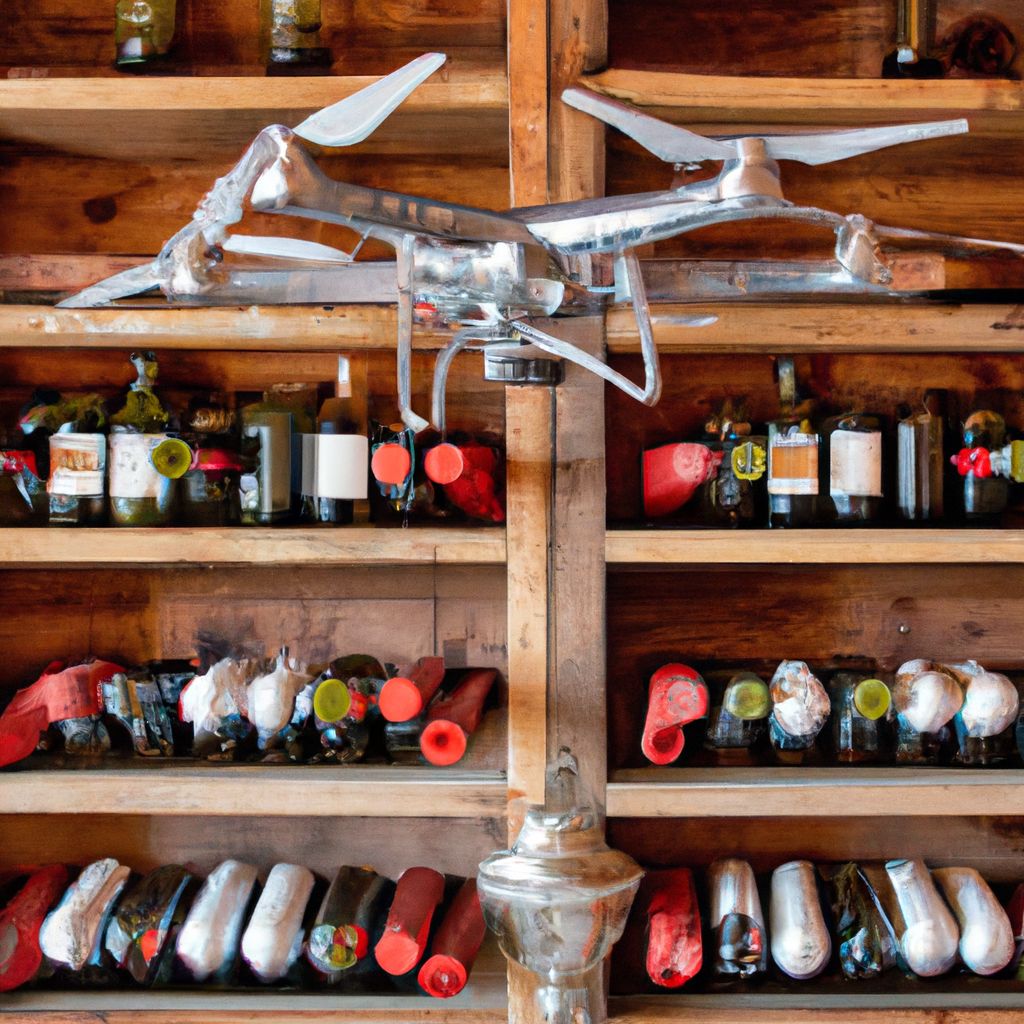
Once you've started your wine collection, the next step is to grow and diversify it. There are numerous ways to source wines for your collection, each with its own benefits and considerations. Here are a few strategies to consider:
Wine Auctions:
Wine auctions can be a great way to acquire rare and aged wines. They can be held in person or online and are often organized by wine merchants, auction houses, or charities. According to Wine Market Journal, some collectors have found remarkable deals at auctions, although it's important to research beforehand to ensure the provenance and condition of the wine.
Online Retailers:
Online wine retailers offer a vast selection of wines from around the world, making it easy to discover and purchase wines that may not be available locally. Many online retailers also provide detailed tasting notes and ratings, which can be helpful when selecting wines for your collection.
Wineries:
Purchasing directly from wineries can be a rewarding experience. Not only can you often find wines that aren't available elsewhere, but you also have the opportunity to learn more about the winemaking process and the people behind the wine.
Wine Clubs:
Joining a wine club can be a convenient way to regularly add new wines to your collection. Many wineries and retailers offer wine club memberships, where you receive a selection of wines on a monthly or quarterly basis. This can be a great way to discover new wines and varietals that you might not have tried otherwise.
As you expand your collection, remember to keep it diverse. Consider wines from different regions, made from different grape varietals, and in a range of styles and price points. This will not only make your collection more interesting, but it will also ensure you have a wine for every occasion.
Conclusion: The Joys and Challenges of Wine Collecting

Wine collecting is a journey filled with discovery and delight. Each bottle tells a story of a particular place and time, capturing the essence of a specific terroir and the skill of the winemaker. There's a unique pleasure in uncorking a bottle from your collection, whether you're celebrating a special occasion, sharing a meal with friends, or simply enjoying a quiet evening at home.
However, wine collecting also comes with its challenges. The process of sourcing wines can be time-consuming, and properly storing and preserving them requires careful attention. Furthermore, understanding the nuances of different wine regions and varietals, not to mention the factors that influence a wine's value, can take years of study.
But these challenges are part of what makes wine collecting so rewarding. With each bottle you acquire, you'll deepen your understanding and appreciation of wine. You'll learn to discern the subtle differences in taste and aroma that distinguish one wine from another, and you'll develop a personal palate that guides your future selections.
So, immerse yourself in the world of wine. Attend tastings, visit wineries, read books and magazines, and talk to other wine lovers. The more you learn, the more enjoyable and fulfilling your wine collecting journey will be.


